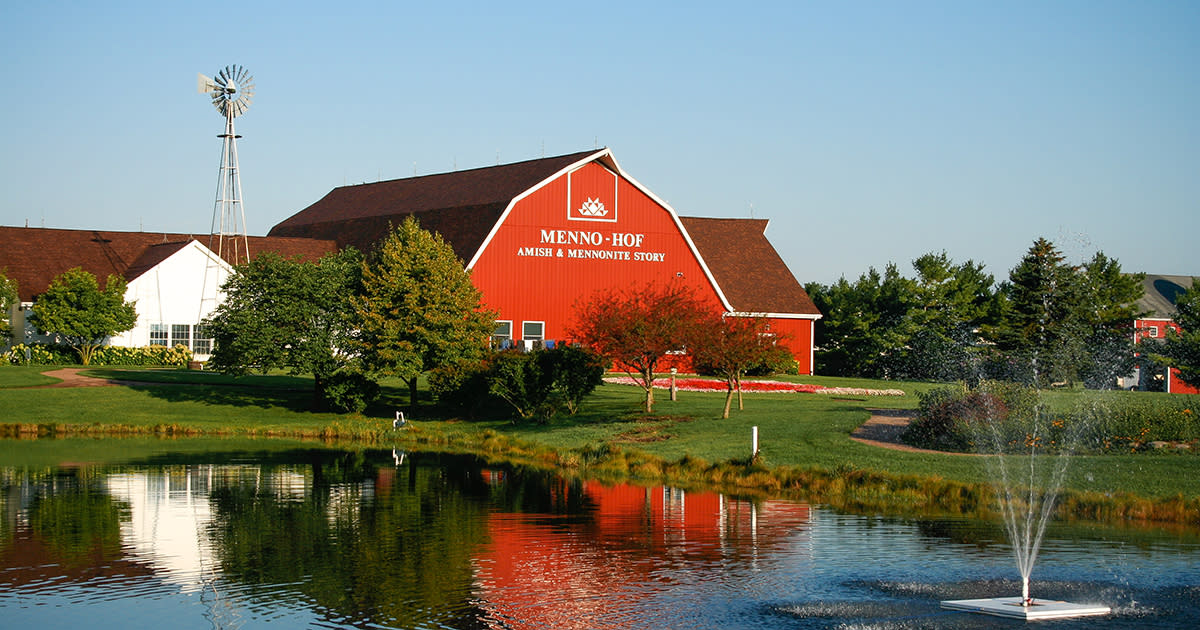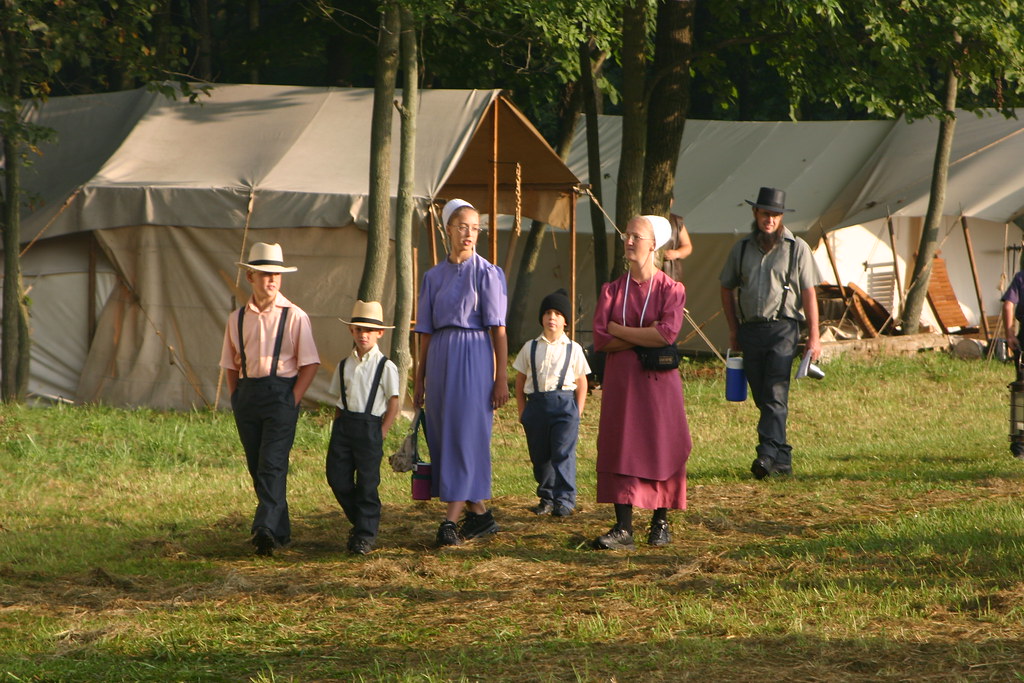From what I gather they were never really a homogeneous group. It just took a long time for tech to advance enough to apply pressure to individual churches. One of my coworkers grew up Mennonite and has Amish extended family.
Moving the chat to a new thread, since this was pulling the inflation thread off-topic.
First disclaimer, nearly all of my neighbors and most of my daily social circle are Mennonite. I and my family attended a Mennonite church for a period of more than a year, before wandering back to good old-fashioned traditional Protestantism. Both of my kids attended Mennonite day cares and Mennonite primary schools for more than 10 years, and heck... even my house was built by and continuously owned by Mennonites, prior to me. My groceries, cars, and even household appliances all come from Mennonite owned businesses, you could say you can't swing a dead cat around here, without hitting a Mennonite.
Like most around here, I buy my furniture from the Amish, usually having it custom-made as sets of stand-alone pieces, or fitted as built-ins. I have also used Amish builders for my barn, and various other projects. But most of my knowledge of them comes more from reading about them, than everyday interaction. Likewise with CoB, they have two large churches within a 4 minute drive of my house, and one builder I've used for several projects is CoB, but I don't know them like I do the Mennonites.
That said, they all come from the same Anabaptist movement, right around the turn of the 18th century. The Mennonites came to this part of America as a large group in 1727, as a sort of less-famous reprise of the Pilgrims, and they settled in the northwest part of what was then Philadelphia county, later to become Montgomery County. A bit later another large group of Mennonites ended up in Ohio, with apparently some giving up the trek near Pittsburgh on the way, but I don't know if the Ohio group was a splinter from PA or if they came in a separate wave from Europe.
If you ever want to hear about the most fascinating story of the Anabaptists, look up the story of the hanging cages of St. Lambert's Church in Münster, and the usurpation and siege that lead to those cages. Fascinating history, for those with a strong stomach.
The Mennonites have been divided since at least the 1960's into "old school" and "new school". In fact, you will read obituaries saying things like, "born 1932 (OS), died 1993 (NS)." There are a few things wrapped up in this, mostly dress and outward displays of pride, not horses and buggies or a fear of electricity. The Mennonites drive cars, in fact they seem to have a much higher than average affinity for muscle cars, as every Hellcat or SRT owner I personally know other than myself is a Mennonite. A retired friend tells me how they'd all show up at church in their muscle cars in the 1960's, and then have drag racing after church.
The old-school Mennonite women do were head coverings (the doylees), and dresses and shoes that are plain and old-school, the men wear black suits, and they painted the chrome work on their old cars black. They wouldn't leave behind any pictures of property, as an outward showing of pride, and just have a generally meek and pious demeaner. But they live in very modern and very large houses, what most people would consider mansions, and have no fear of wealth.
More later, gotta run...








